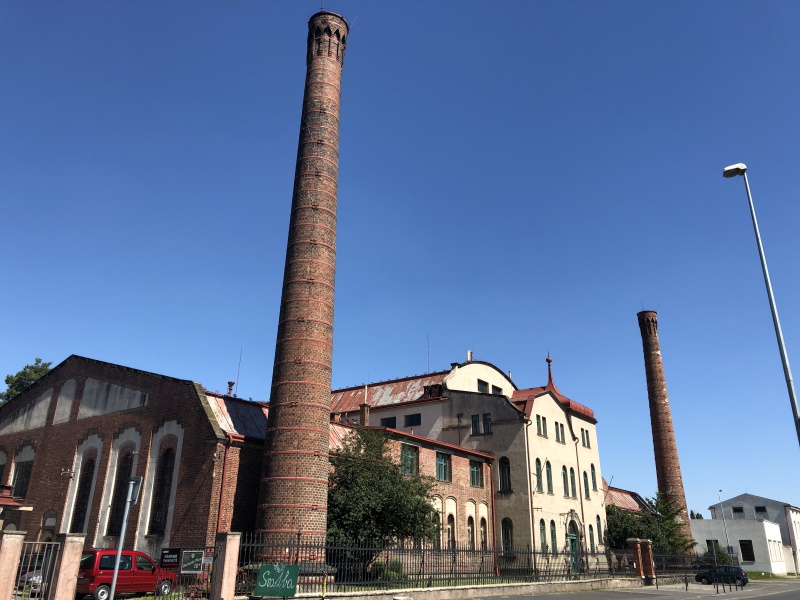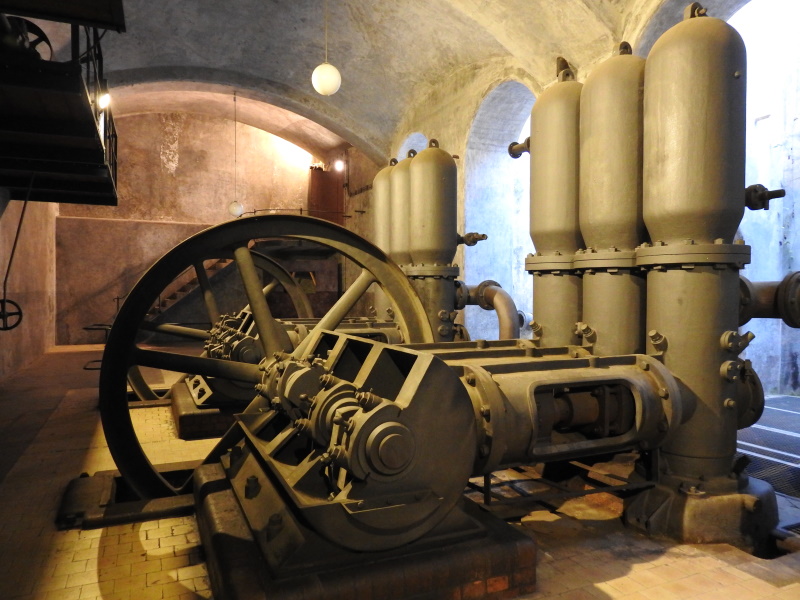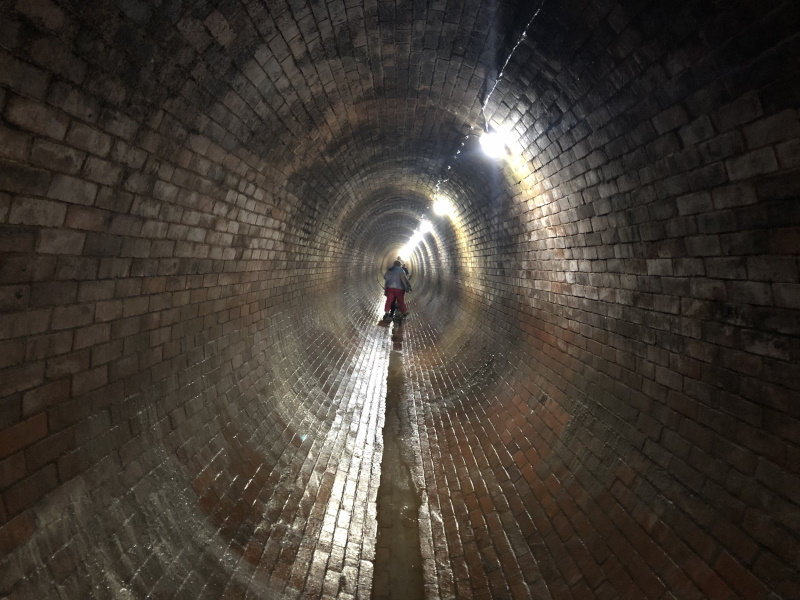Blog TWHS Visits
Old Wastewater Treatment Plant
Just 2 weeks before my summer weekend trip to Prague, Czechia added the Old Wastewater Treatment Plant in Prague-Bubeneč to its Tentative List. Of course I immediately put it on my schedule, despite (or thanks to?) the odd subject. The site represents early 20th century state-of-the-art sewage technology and has been preserved in its original form. It is already part of the European Route of Industrial Heritage and is featured in the thematic study ‘The Water Industry as World Heritage’ from 2018. The latter states that heritage of the modern water industry is underrepresented on the List "despite its unarguable relevance to human development".
The Plant proved to be easy to reach from the Old Town where I was staying: I took the commuter train S4 for 2 stops to Praha-Podbaba, and from there it was an 8-minute walk. I arrived at 3pm, just in time to take part in one of the guided tours. These tours are conducted five times a day in the weekend and less frequently on weekdays. I joined 4 elder Czech visitors. The tour was in the Czech language, but I was given a document with explanations in English. The friendly guide also made sure in each room that I knew what I was looking at.
Although the site has interesting surface structures (such as the Main Hall which nowadays is used for exhibitions and events), most of it lies underground. This means that a lot of climbing up and down stairs is involved in the tour. The first hall of interest holds a ‘sand trap’, where the sand was filtered and raked out of the water in 3 stages – the machinery here still works though of course no contaminated water is present anymore. Mechanical treatment such as this ensured that dangerous materials were removed from wastewater of Prague’s sewers before it was discharged into the Vltava river. Entering this hall I was wowed mainly though by its wonderful brickwork, including arches and air holes.
The pride of the Plant lies in its steam engine room and boiler rooms, apparently the best preserved Czech examples of steam power. Here still-functional pump units from 1903 can be seen as well as 2 coal boilers. They pumped the sludge into tanks, so it could later be transported and sold for fertilizer. There used to be a huge water wheel as well, but that has gone. The site also had its own narrow-gauge railway, some tracks and carts are still left.
The tour ends with a walk and a boat ride through the sewers, accessed via an inconspicuous entrance at the back of the Plant. Here at the entrance we – the 5 sewage tourists - mingled with the nicely dressed guests of a wedding party which had taken over the adjoining beer garden. The sewerage is an extensive underground network, also completely built in brick.
The visit reminded me a lot of the Woudagemaal: all those blinking machines and the pride that the current conservationists (the site in Prague-Bubeneč is managed by a NGO) take in keeping them in good shape. What I enjoyed most though was the skillful brick architecture. It undoubtedly is an interesting piece of European industrial heritage, but becoming a World Heritage Site might be a bit too ambitious.
Els - 16 August 2020


